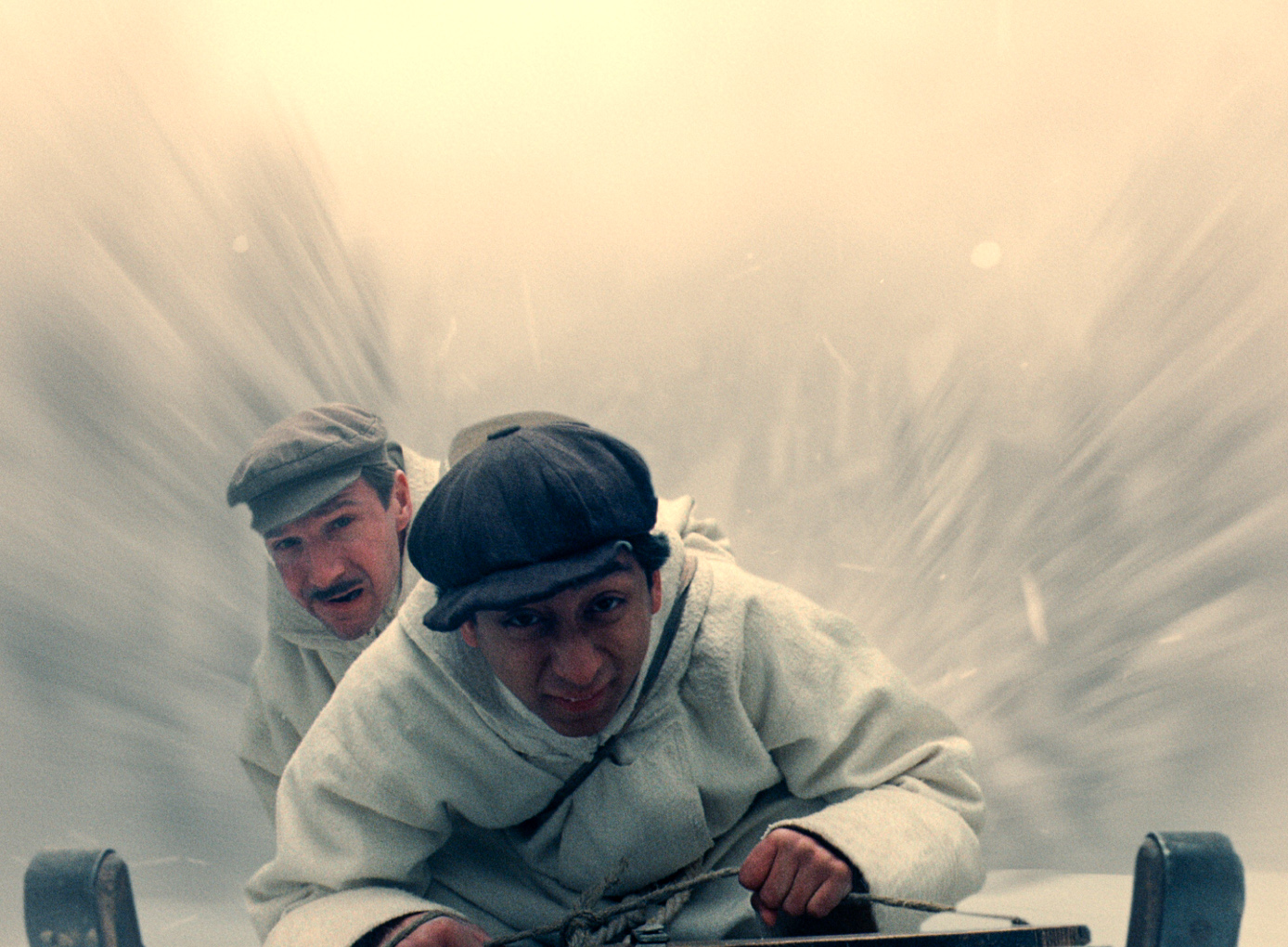 Back to selection
Back to selection
A Breakdown of the Special Effects in The Grand Budapest Hotel
 The Grand Budapest Hotel
The Grand Budapest Hotel It’s no surprise that Wes Anderson’s The Grand Budapest Hotel was a technically complicated production, and a video posted this week by VFX house Look Effects, Inc. breaks down exactly how complex putting the movie together was. In a nearly-five-minute reel that can’t be embedded (you should definitely take a look here), a variety of post-production work is highlighted, from color correction of the typically fastidiously coordinated hotel to the mechanics of the dizzying climactic downhill mountain chase. There are surprises big and small, including the amount of physical “snow” used on-set (thereby avoiding the usual hazy look of CGI flakes) and some clues as to how Anderson controls the overwhelming volume of background detail on his sets: note the sign in the hotel lobby that changes its size and wording until a just-right variant is settled upon, a truly specialized example of “fixing it in post.”
In March, Look’s Gabriel Sanchez spoke with The CGSociety about his work on Budapest, citing blending digital and film source materials as a particular challenge. Working in Stuttgart, a team of 15 people integrated stop-motion, matte effects and miniatures into the seamless finished product. The video and Sanchez’s interview highlight what’s already pretty clear: with the relative luxury of belonging to the small class of more-or-less arthouse-oriented directors with serious crossover appeal, Anderson’s next-level technical demands and extensive post-production have brought the total world control of Fantastic Mr. Fox‘s stop-motion animation to the live action realm. He’s repurposed industrial, up-to-date F/X expertise to highly customized, personal ends, highlighting the more hand-made elements (stop-motion, miniature cut-out sets) and concealing overt evidence of more technologically advanced tinkering.
